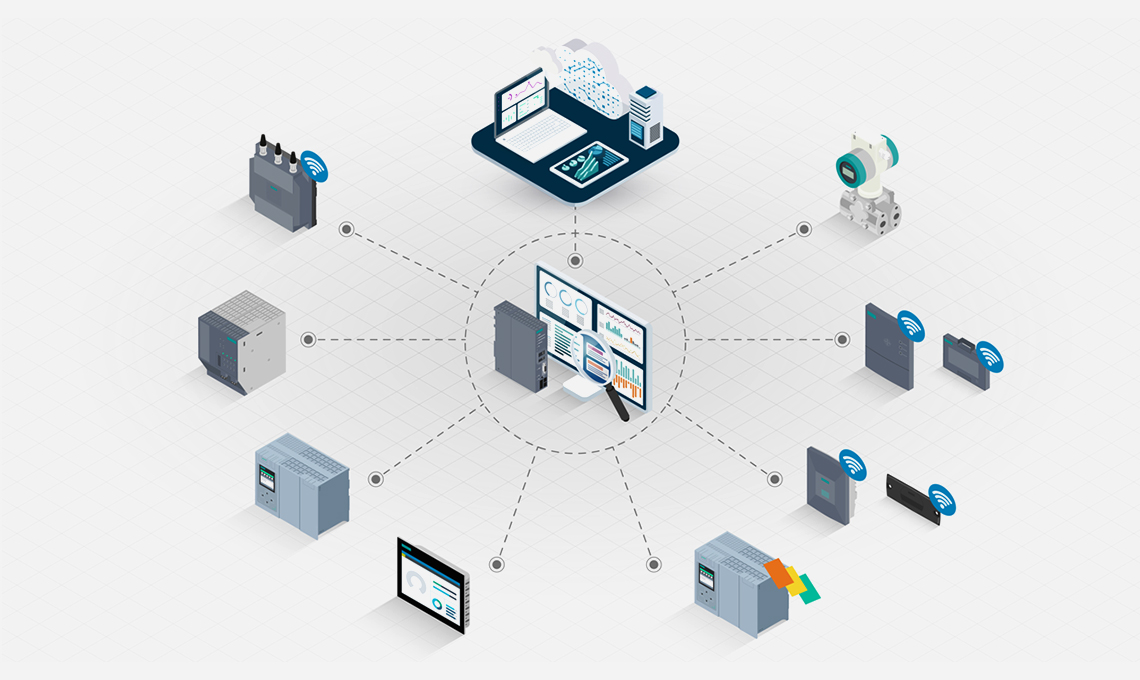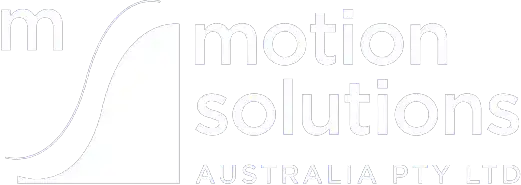
The Industrial Internet of Things (IIoT) is ushering in a new era of smart, connected motion control systems. By integrating IIoT technologies with motion control and automation systems, businesses can tap into the full potential of connected systems to achieve unprecedented levels of efficiency, productivity, and performance.
With three decades of experience in the motion control and automation industry, Motion Solutions Australia is well-positioned to provide the expertise and support needed to navigate the challenges and opportunities presented by IIoT-enabled motion control systems.
One of the most significant advantages of embracing IIoT in motion control systems is the potential for real-time data collection, analysis, and action. IIoT technologies facilitate seamless communication between system components, allowing businesses to monitor and control their systems more effectively than ever before.
This real-time monitoring and control capability can significantly enhance troubleshooting, predictive maintenance, and system optimization, ultimately leading to reduced downtime, greater productivity, and improved overall system performance.
Moreover, with the integration of IIoT technologies, motion control systems can be scaled to adapt to the changing demands of industries and applications. Whether expanding the system to accommodate new production techniques or upgrading specific components to enhance productivity, IIoT-enabled motion control solutions provide unmatched flexibility and adaptability.
Unlock the power of connected motion control systems by partnering with Motion Solutions Australia and revolutionising your business operations with IIoT-enabled technology and unmatched expertise.
Key Components of IIoT-Enabled Motion Control Systems
In order to harness the benefits of IIoT technologies in motion control systems, it is important to understand the key components that underpin IIoT-enabled solutions. The integration of these components with traditional motion control elements can result in a powerful, smart, and connected solution ready to meet the demands of modern industries. The essential components of IIoT-enabled motion control systems include:
1. Sensors and Data Collection: Sensors play a crucial role in the IIoT landscape as they gather real-time data from various system components, such as motors, drives, actuators, and controllers. These sensors can measure variables such as temperature, pressure, vibration, and position, which are essential in evaluating system performance and identifying potential issues.
2. Connectivity and Communication: An effective IIoT-enabled motion control system must facilitate seamless communication and data transfer among system components. This is typically achieved through the use of communication protocols and networking technologies like Ethernet, Wi-Fi, and cellular networks.
3. Data Processing and Analytics: IIoT systems need advanced data processing and analytics capabilities to make sense of the information collected by sensors. Machine learning and artificial intelligence algorithms can be leveraged to analyze data, identify patterns, predict failures, and recommend actions to optimize performance.
4. Cloud Computing and Edge Devices: Storing, processing, and analyzing large amounts of data in real-time requires significant computing resources. Cloud computing and edge devices can provide the necessary infrastructure to support the advanced analytics and data processing demands of IIoT-enabled motion control systems.
The Impact of IIoT on Motion Control System Applications
The implementation of IIoT technologies in motion control systems can lead to significant improvements across a variety of applications. Here are some examples of how IIoT can influence different industries and system applications:
1. Manufacturing and Assembly: IIoT-enabled motion control systems can automate data collection and analysis across the entire manufacturing process, enabling businesses to optimise production lines, reduce waste, and enhance overall product quality. Predictive maintenance capabilities can help minimise unplanned downtime and enhance operational efficiency.
2. Material Handling and Logistics: In warehouse operations and logistics, IIoT-enabled motion control systems can streamline inventory management and automate the movement of goods, enhancing supply chain efficiency and reducing operational costs. Moreover, the ability to monitor and optimise energy use can contribute to a greener and more sustainable operation.
3. Robotics and Industrial Automation: Integrating IIoT with robotics and industrial automation tools can revolutionize various processes like assembly, inspections, and packaging. Real-time motion control data can increase precision, speed, and efficiency throughout the production process, while predictive maintenance capabilities can significantly reduce downtime and enhance system reliability.
Challenges and Opportunities in Implementing IIoT in Motion Control Systems
While the benefits of IIoT integration in motion control systems are substantial, businesses must also be aware of the challenges and opportunities related to implementation. Some of the primary challenges include:
1. Data Security and Privacy: Protecting sensitive data from unauthorised access and preventing cyber-attacks on IIoT-enabled systems are crucial concerns for businesses. Implementing robust security measures and following industry best practices can help mitigate these risks.
2. Compatibility and System Integration: Integrating IIoT technologies with existing systems can present compatibility challenges, especially if systems have legacy components. Working with experienced solution providers like Motion Solutions Australia can streamline integration and ensure a seamless transition to a smart, connected motion control solution.
3. Skilled Workforce: Implementing IIoT-powered motion control systems can require new skills and proficiencies. Businesses must invest in workforce training and development programs to ensure employees have the knowledge and expertise to operate and maintain these advanced systems.
Final Thoughts
The integration of IIoT technologies in motion control systems is revolutionising the future of automation, unlocking new levels of efficiency, productivity, and performance for businesses across various industries. By understanding the key components of IIoT-enabled motion control systems and exploring the impact on various applications, businesses can make informed decisions on implementing these transformative technologies.
Despite the challenges associated with implementation, the opportunities presented by IIoT for motion control systems are abundant. Partnering with experienced solution providers like Motion Solutions Australia can help businesses harness the full potential of IIoT-powered motion control systems and drive long-term success in the face of rapidly evolving industry demands.
Empower your business with IIoT-enabled motion control systems by working with Motion Solutions Australia, and experience the future of automation with cutting-edge technology, unparalleled expertise, and unwavering support.

